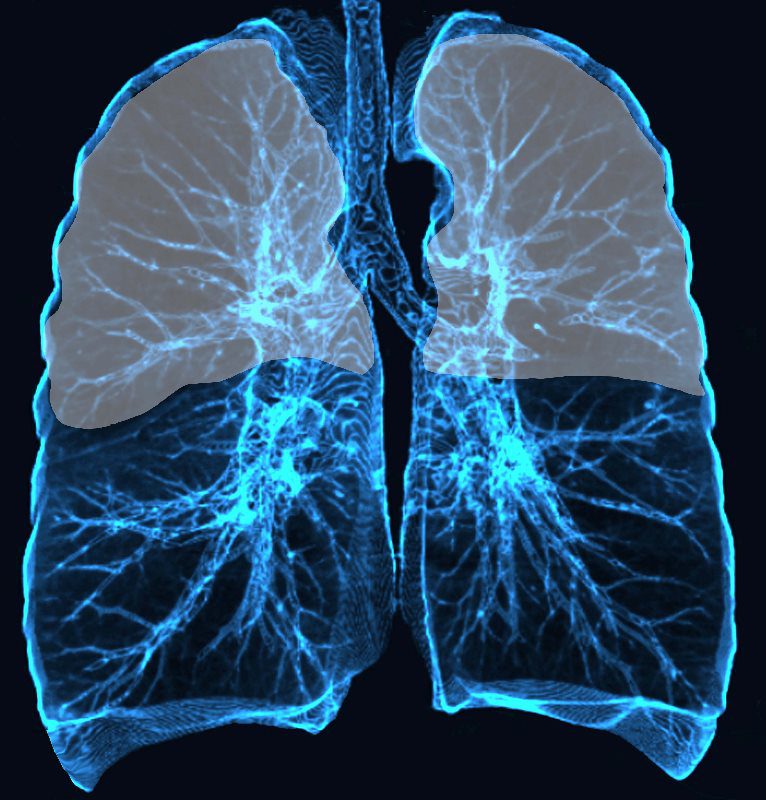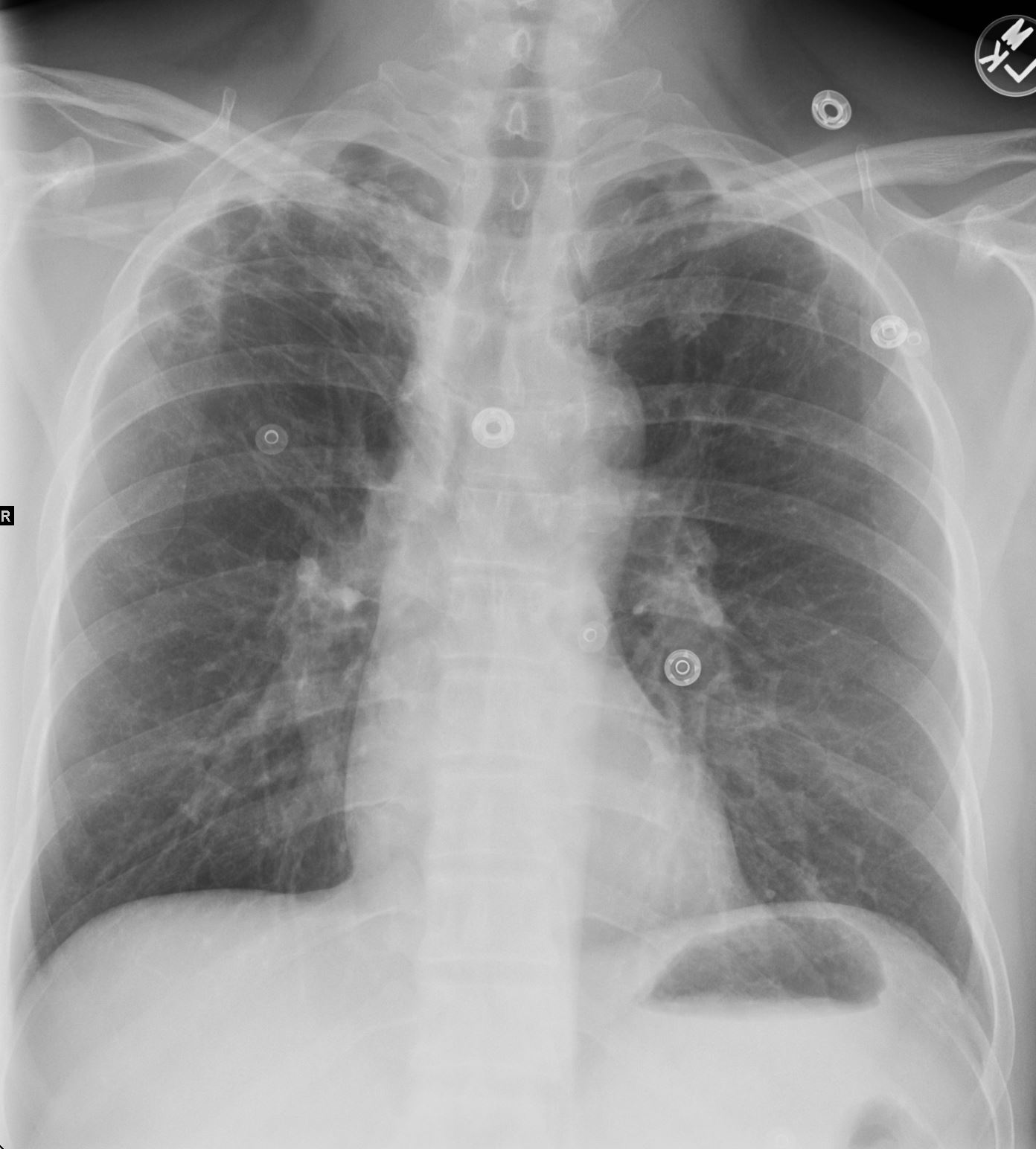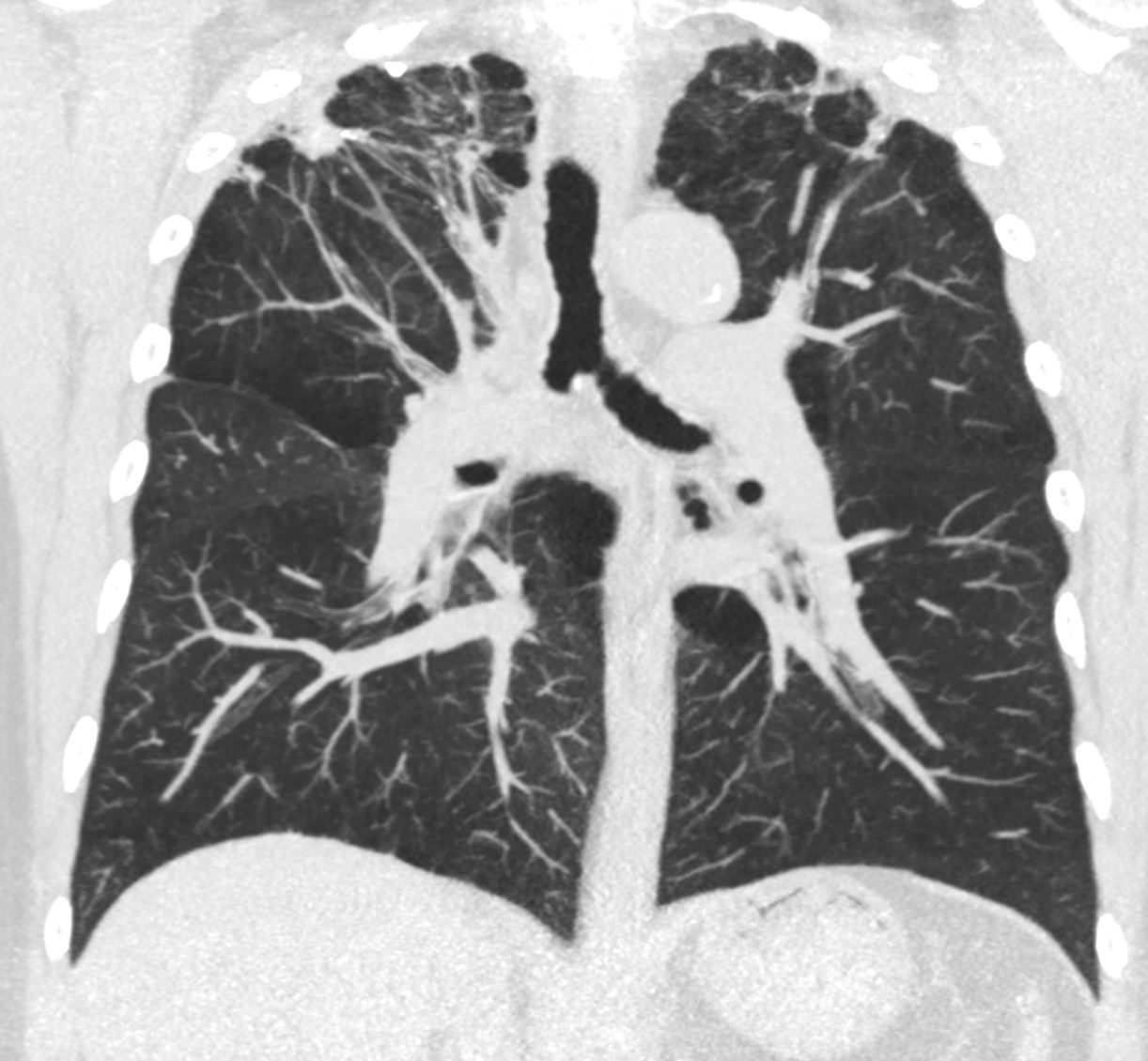
Ashley Davidoff MD TheCommonvein.net lungs-0772
- Upper Lobes are the Largest Lobes
- TB typically affects the upper lobes of the lungs first, as this area has a higher oxygen concentration and is more favorable to bacterial growth.
- TB bacteria require oxygen to survive and multiply, and the upper lobes have a higher oxygen supply than the lower lobes of the lungs.
- upper lobes have a larger surface area and better ventilation, which allows the bacteria to more easily enter and spread within the lung tissue.
- Finally, the lymphatic drainage from the upper lobes also contributes to the increased vulnerability of this area to TB infection.
- The lymphatic drainage of the upper lobes and lower lobes of the lungs differs
- In the upper lobes
- lymphatic drainage is more extensive and interconnected
- because the
- upper lobes contain a
- larger number of lymph nodes
- lymphatic vessels in the upper lobes also tend to be
- larger and
- more numerous and therefore
- more efficient circulation of lymphatic fluid.
- the lower lobes of the lungs
- limited lymphatic drainage system,
- fewer lymph nodes and
- smaller lymphatic vessels.
- upper lobes contain a
- In the upper lobes


